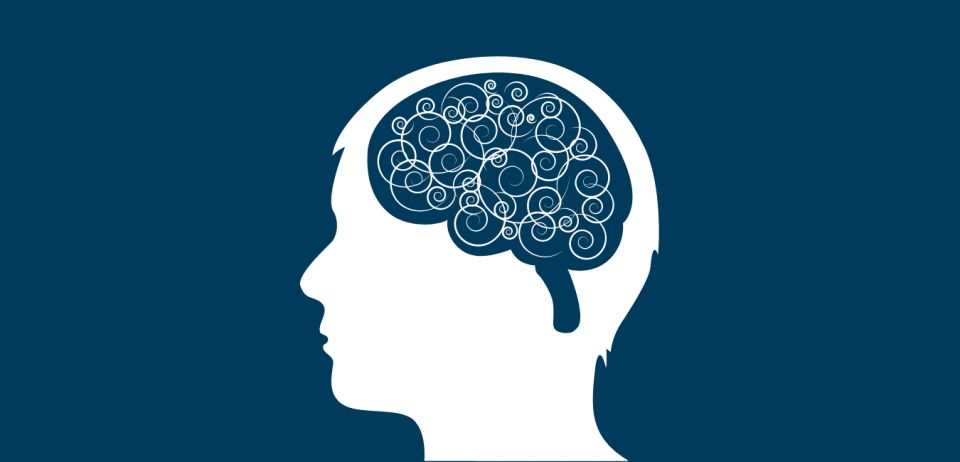The Developing Adolescent Brain
Our brains during adolescence are hungry for new experiences that will provide the skills and learning we need to thrive as adults.
Downloadable PDF: The Developing Adolescent Brain

It’s easy to see that adolescence—from around age 10 to about 25—is a time of big changes, starting with the onset of puberty in late elementary school. But in addition to the obvious increases in height, weight, and body hair, there is also a massive restructuring of our brains.
During adolescence, our brains are becoming faster and more streamlined, eliminating connections that we don’t use much while keeping and strengthening the connections we use more frequently. New connections form and strengthen based on our discoveries and experiences as we explore our worlds.
At the microscopic level, our brains are literally reaching out for new information. Imaging of adolescent mouse brains reveals tiny tendrils (dendritic spines) stretching out from brain cells (neurons) like tree leaves growing toward sunlight. When these thin tendrils receive new information, they form connections with other neurons, wiring the brain for new skills and new ways of thinking.
Around the beginning of puberty, our neurons can gain and lose up to about 25 percent of their connections each week. By the time we reach adulthood, that number drops to about 10 percent. This suggests that adolescence is an important window for learning—when our brains are still forming abundant new connections and deciding which to strengthen and keep for a lifetime.
Key Takeaways
- During adolescence, our brains are hungry to learn new skills and information. We need positive relationships with peers and caring adults as well as opportunities to explore and try new things.
- Acquiring these skills and information requires active exploration, particularly supported, real-life trial and error in areas related to earning social respect, making decisions, and wrestling with strong emotions.
- Some of the aspects of adolescence that cause adults the most concern—the heightened focus on belonging and increased appetite for new experiences—are the same factors that enable us to grow, learn, and overcome earlier adversity.
The Developing Adolescent Brain
So how do we feed developing brains in ways that provide the skills and knowledge we need to thrive as adults?
Evidence suggests that our brains during adolescence are especially hungry for information gleaned from hands-on exploration. Activities that allow safe, real-life trial and error may be the most effective way to build these connections.
Certain types of learning appear to be especially significant during early- and mid-adolescence (from about late elementary school through early high school). For example, pubertal hormones trigger an increased sensitivity to social learning. Our intense focus on belonging and earning respect encourages us to pay attention to social and cultural norms. Positive relationships with peers and caring adults help ensure that we learn the skills we need to adapt to the more complex social demands of adulthood.
Meanwhile, neural connections using dopamine become more active during adolescence, increasing the feeling of reward from new and exciting experiences. This innate drive to explore pushes us to take chances at new roles, relationships, and responsibilities. Opportunities for positive risk taking and discovery, such as trying out for a school play or asking someone to a dance, are particularly important during these years.
Our brains during adolescence are hungry for new information from real-life experiences. We need rich opportunities to explore and discover to nourish us as we grow and learn.
